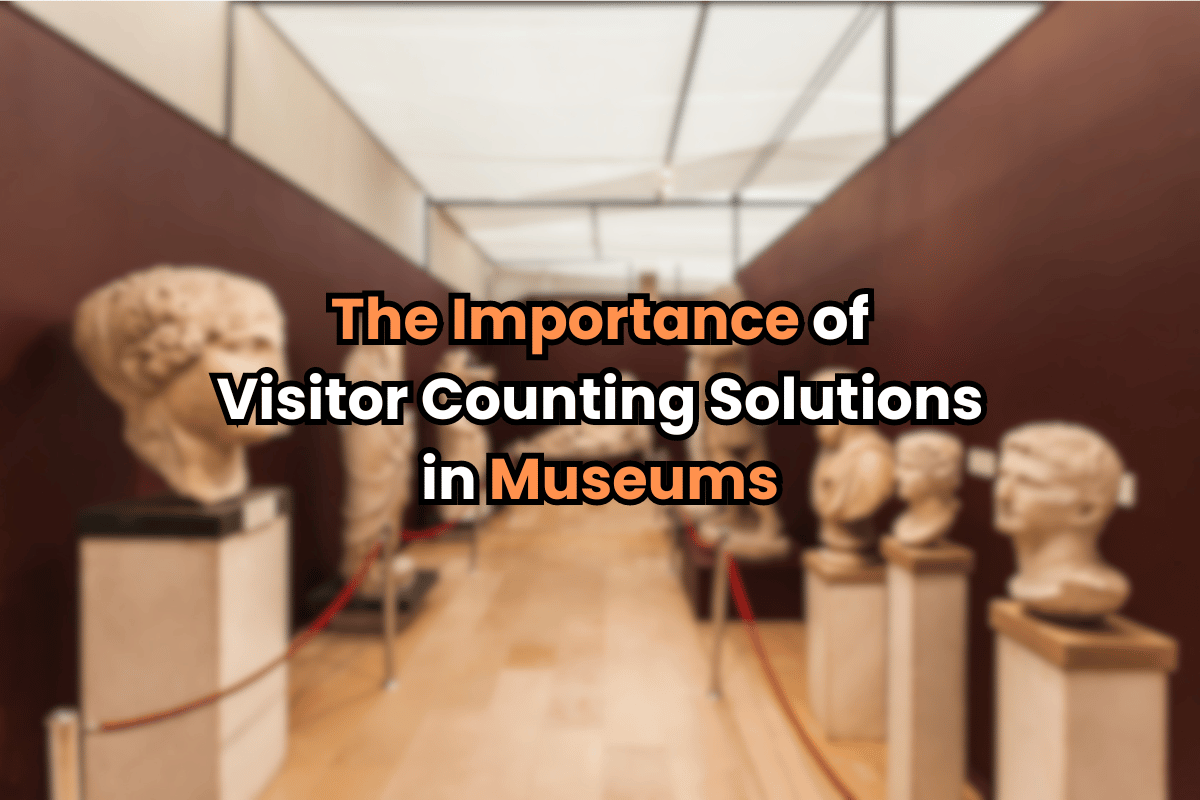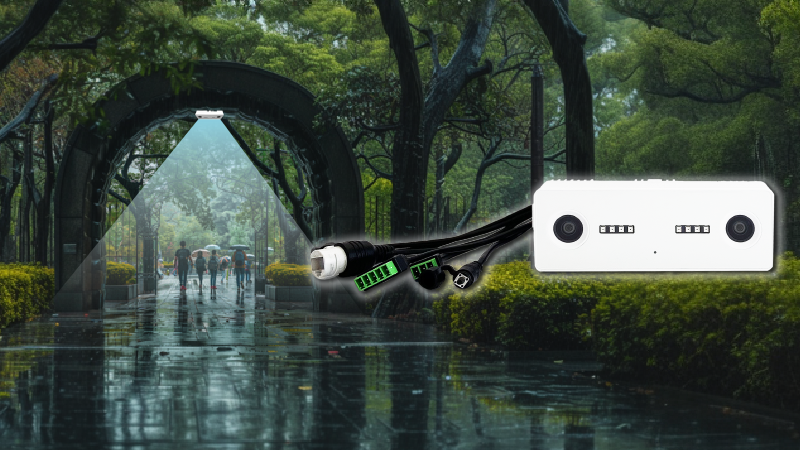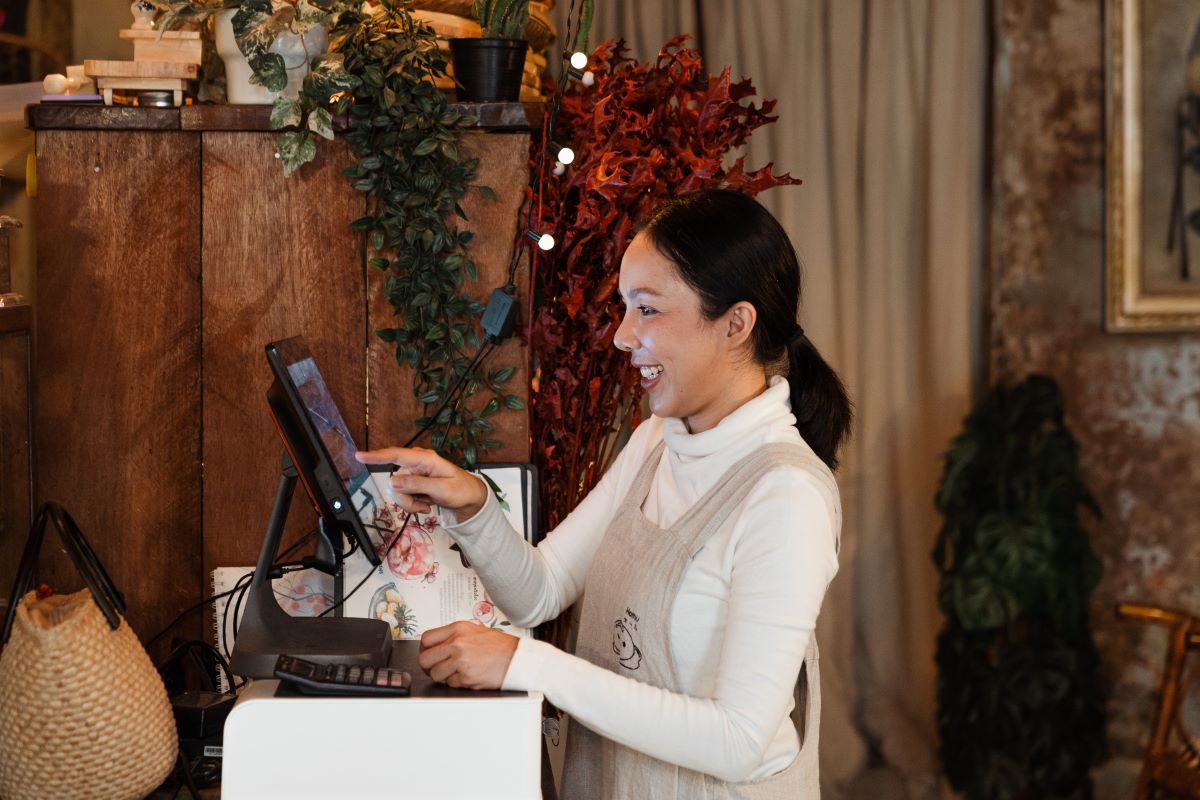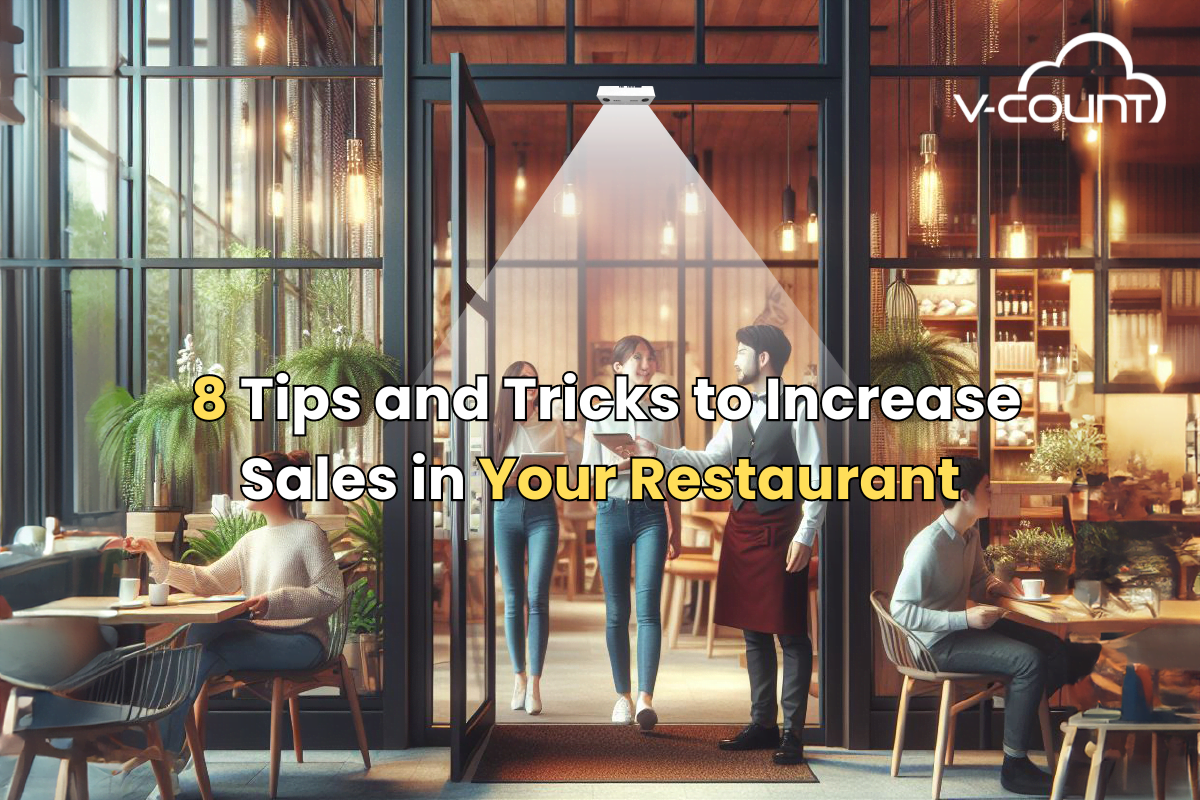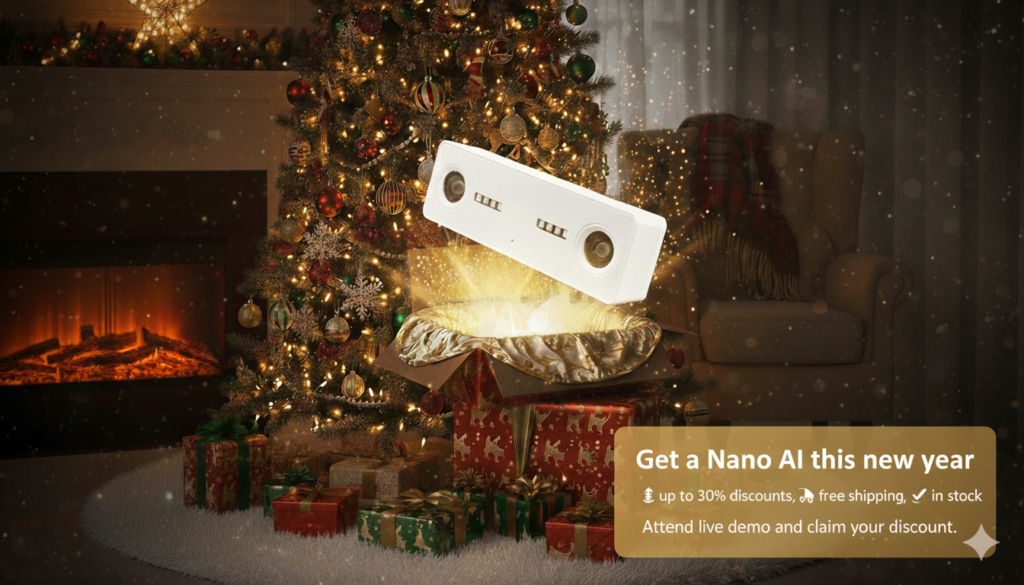It is an undeniable fact that the pandemic had a significant impact on the number of visitors in museums, leading to a noticeable decrease during and even after this global health crisis. As we now navigate our way back to what we consider our normal lives, it’s not uncommon to feel a sense of unease or apprehension when entering crowded areas. This is likely a residual effect, a sort of post-pandemic trauma, that many individuals are grappling with. However, we’re beginning to witness a gradual shift in this attitude, a slow but steady overcoming of this apprehension.
Indeed, evidence from the Museum Association reveals an encouraging trend. They report that “Figures show that visits to institutions sponsored by the Department for Culture, Media, and Sport (DCMS) have witnessed a 27% increase since 2022.” Despite this promising increase, it’s worth noting that this is still 19% lower than the footfall observed for the same period in 2019, indicating that there is still room for improvement. Furthermore, data collected from January to September 2023 indicates that certain institutions, such as the renowned Natural History Museum group, have started to surpass their pre-pandemic visitor numbers. This is undoubtedly a significant achievement in the journey towards full recovery.
For museum owners, this situation presents an optimistic outlook, but it also emphasizes the pressing need to satisfy these returning visitors while also creating intriguing exhibits to attract future visitors. What primarily distinguishes this period from the pandemic era is this very challenge. While counting solutions were considered a necessity 4-5 years ago, with technological advancements, the rise of AI, and the overarching goal of increasing visitor numbers, these solutions have transitioned from being merely ‘necessary’ to ‘essential’.
This begs the question: how can museums leverage people counting solutions to increase their visitor numbers? How can they attract new visitors, ensure the satisfaction of the visitors they do attract, and simultaneously reduce their costs? To address these pertinent questions, we’ll delve deeper into the topic in the following content.
What is Visitor Counters?
People counters, also commonly referred to as visitor counters by museums, are essentially sensors that are primarily utilized by museums to accurately measure and keep track of the number of customers or visitors that are entering and exiting their premises. These innovative devices are manufactured by leading companies in the field such as V-Count, a renowned brand that specializes in the production of high-quality sensors.
These sensors are strategically placed on the ceiling of the museum’s entrance and exit points, and they function by determining the number of people coming in and going out from a specific angle. This is achieved through the use of advanced technology, such as the AI on Chip technology that V-Count utilizes to detect movement and count the number of individuals passing under the sensor.
Once the data has been collected, museum owners or operators can then proceed to convert this raw data into actionable insights. This is typically achieved with the use of a visitor analytic tool. An excellent example of such a tool is BoostBI, which is designed to analyze data and provide valuable insights that can be used to improve operations, enhance visitor experience, and ultimately, increase visitor numbers. By using such tools, museums can gain a deeper understanding of visitor behavior and preferences, which can inform future exhibits and initiatives.
What Should Be Considered When Investing in Museum Visitor Counting Solutions?
When making the decision to invest in a visitor counter solution, there are a number of crucial factors that need to be considered. Before even beginning to delve into the specifics of what type of solutions best fit the needs of your museum, it’s paramount to ensure that the technology you’re investing in is both robust and 100% GDPR compliant.
A robust solution is one that’s built to last — a sensor that you can rely on to continue functioning effectively for decades without incurring any additional costs. It’s an unfortunate reality that many sensors currently available on the market can fail, miscount, or even break down within a year of purchase. This can result in significant and unexpected costs for museums, which can severely impact budgets and detract from other important areas of operation. To circumvent this issue, it’s important to make a careful evaluation of the durability of any visitor counters you consider purchasing.
Equally important is the issue of GDPR compliance. A visitor counter that’s GDPR compliant not only safeguards your museum against potential privacy violations, but also ensures that the data of your visitors is adequately protected. This is a critical aspect in maintaining the trust and confidence of your visitors, ensuring that they never have cause to question the safety of their personal information.
In a recent article published in The Art Newspaper, a highly respected publisher in the UK, V-Count outlined their approach to ensuring GDPR compliance:
“While the company doesn’t disclose the locations of its servers, they place a strong emphasis on adherence to GDPR standards, ensuring a high level of data protection for users. The spokesperson for V-Count added, “Our advanced sensors have been developed to determine both gender and age without the need to capture, record, store or transfer any video or image data so that no personal data is ever captured or compromised.” This statement underlines the importance of GDPR compliance and highlights the strides companies are taking to protect user data.”

After taking into consideration these two crucial aspects, it becomes apparent that the device you choose for your museum should not only exhibit a high accuracy rate but also be equipped with a sophisticated visitor analytic tool. The importance of high accuracy visitor counter sensors cannot be overstated. These sensors allow you to collect and analyze the data of the visitors that frequent your museum, thus helping you to avoid potential errors in your strategic decision-making process.
However, as highlighted in the initial part of our discussion, a sensor that merely counts with high precision is not sufficient. To truly amplify the effectiveness of your museum and make strategic decisions that will positively impact its future, you need more. You need a visitor analytics tool that can transform raw data into actionable, data-driven insights.
Such a tool should ideally provide features like customizable tables and a mobile application. These features, while not strictly essential, are highly beneficial. Customizable tables enable you to tailor how you view and interpret your data, making it easier to draw valuable conclusions. A mobile application, on the other hand, offers the convenience of accessing this crucial data anytime, anywhere, thereby ensuring you’re always informed and ready to make data-driven decisions. By incorporating these elements, you will be able to effectively utilize critical data to the benefit of your museum at all times and from any location.
So, What Are the Benefits of Visitor Counters to Museums?
Having taken the time to carefully consider your options, you’ve made an informed decision and found a robust visitor counter that fits your needs. Now, you may be wondering what exactly are the advantages that this choice will bring to you? How will this decision impact your operations and contribute to the success of your museum? What benefits can you expect from implementing these solutions in your operations? Let’s find out!
Government Funding Assurance
In order to secure and potentially expand the government funding that your museum receives, it is advisable to utilize real-time visitor traffic data. This approach provides crystal clear, quantifiable evidence of your institution’s direct value and its wider impact on the community it serves.
The utilization of this data does not merely show the sheer numbers of people who benefit from your services. It goes a step further to reveal the depth of their engagement with your collections and resources. By providing a detailed insight into how visitors interact with your exhibits, the data paints a picture of the educational and cultural benefit your museum provides.
By demonstrating your institution’s significance through these concrete data points, you create a compelling and hard-to-dispute case for continued and even increased financial support from governmental sources. In this era of data-driven decision making, having real, quantifiable proof of your museum’s reach and impact can be a significant advantage when negotiating funding.
Staff Allocation and Resource Management
In order to significantly elevate the level of satisfaction among visitors, the importance of effective staff scheduling cannot be overstated. It plays a pivotal role in ensuring the smooth and efficient functioning of any operation. When planning the staff schedule, several key factors need to be taken into account. Among these are the peak times when visitors are most likely to frequent the venue, as well as the projected volume of visitors that is expected during different periods.
By ensuring that there is a sufficient number of staff members available during these particularly busy periods, the level of service provided can be maintained at a consistently high standard. This allows for visitor needs to be met more promptly and effectively, reducing wait times and improving overall satisfaction.
This strategic allocation of resources not only improves the experience for each individual visitor, but it also contributes significantly to the smooth operation of the venue as a whole. By thoughtfully considering these factors when creating staff schedules, visitor satisfaction can be enhanced, operations can run more efficiently, and the overall success of the venue can be ensured.
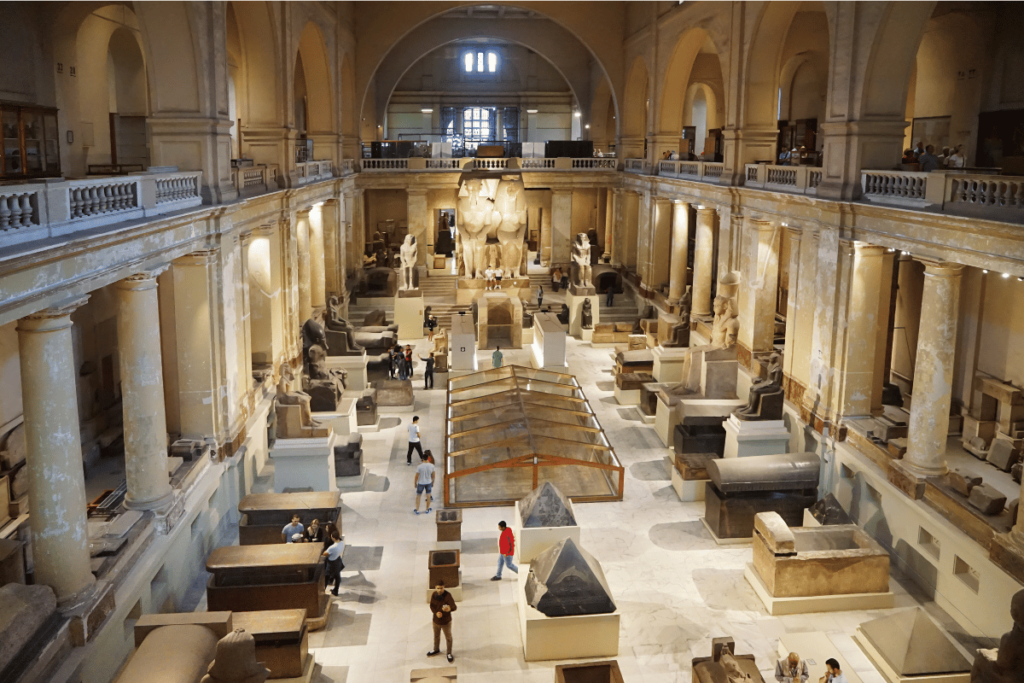
Reducing Energy Consumption:
Museums are often faced with the significant challenge of reducing energy costs. The vast spaces that museums usually occupy require a substantial amount of energy to power the essential elements that maintain their operations, with lighting being one of the primary consumers of this energy.
Visitor counters present an innovative solution to this problem, offering a way to decrease these costs significantly.
To make strides towards lower energy consumption and contribute positively to a more sustainable environment, it’s imperative to make adjustments to various systems within a museum. These modifications should be fine-tuned in line with the museum’s occupancy rates.
Consider, for instance, the lighting and heating systems. These can be programmed to turn off or reduce their intensity when certain areas are not in use, thereby conserving energy. Similarly, ventilation and air conditioning systems, while essential for maintaining a comfortable indoor air quality, can also be adjusted based on the museum’s visitor occupancy. This ensures that the indoor environment remains comfortable for all visitors and staff, while also reducing overall energy consumption.
Space Planning and Optimal Visitor Flow
Museums, as places of knowledge and culture, often face challenges related to space limitations. This makes it incredibly important to ensure that the available space within these institutions is used in the most optimal and efficient manner possible. To overcome this challenge, many museums turn to advanced visitor analytics tools which are specially designed to offer invaluable insights into various aspects of visitor behavior. These aspects include, but are not limited to, the movement patterns of visitors within the museum, how different spaces within the museum are utilized, and even the overall level of visitor engagement with different exhibits.
By leveraging the extensive data provided by these visitor analytics tools, museums are able to strategically organize their layout in a manner that maximizes the potential of each individual area. This data-driven approach not only aids in the better utilization of space but also significantly enhances the overall experience for visitors. By understanding and adapting to visitor behavior, museums can create an engaging and enlightening environment that is truly reflective of their mission to educate and inspire.
More Effective Marketing
Museums have the capability of gauging the success level of their promotional campaigns for new exhibitions by conducting a comparison of the number of visitors they attract against those drawn in by past exhibitions. This comparative analysis can provide a clear indicator of how compelling and effective the marketing campaign has been, as well as the level of interest the new exhibitions have managed to stir among the public.
By harnessing these data-driven insights, museums can gain a comprehensive understanding of what their visitors are particularly drawn to, which exhibitions manage to pique their interest more, and what kind of content resonates with them. This valuable information can be used to inform and shape the planning and curation of future exhibitions.

Furthermore, these insights can also be utilised to refine and enhance their marketing strategies. By understanding what works and what doesn’t, they can tailor their promotional efforts to ensure that they reach the right audience in the most effective way. This dual approach of using data to inform both exhibition planning and marketing strategies ensures that museums can continue to attract visitors and keep them engaged.
In essence, this approach allows museums not only to make their marketing campaigns more successful but also to create and curate new exhibitions that align with their visitors’ interests and preferences, thereby increasing their ability to attract and engage visitors.
How Can V-Count Assist Museums in Visitor Counting?
Introducing Nano, V-Count’s latest innovation, a robust product designed with cutting-edge technology that promises an impressive 99% accuracy in visitor counting. This state-of-the-art device not only gives you the exact number of visitors to your museum but also promotes an increase in the operational efficiency of your establishment, and all these benefits are just the tip of the iceberg.
An additional notable feature of Nano is its plug-and-play installation capability. With its built-in Wi-Fi functionality that covers a radius of up to 40 meters, Nano simplifies and accelerates the setup process. All it requires is an available power source and a Wi-Fi connection; within just five minutes, your museum can have a fully functional visitor counting system. This feature can significantly reduce installation costs by up to 60%, as it eliminates the need for external installation services. This reduction in cost is not the only advantage; it also contributes to a decrease in your carbon footprint due to the USB-C connectivity feature, which is renowned for its durability.
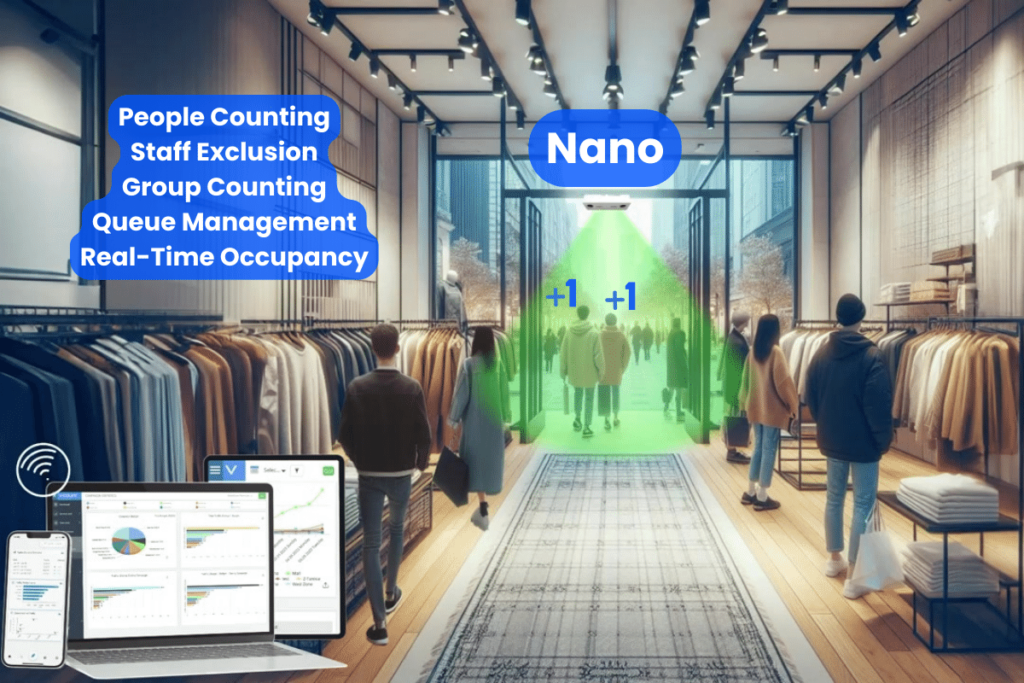
However, if your museum is in need of more comprehensive solutions, such as heatmap generation and visitor flow analysis, you will find our Ultima Prime sensor particularly useful. This advanced tool allows you to optimize your museum layout effectively, making it more appealing to visitors. By pinpointing less popular areas, you can enhance them with interactive experiences to draw attention and increase visitor engagement.
Taking visitor analysis a step further, our Ultima AI sensor provides detailed demographic data, including age and gender of your visitors. With this information at your fingertips, you can tailor your marketing efforts to the demographics that frequent your museum the most, or design future exhibitions that appeal to this audience, thereby attracting even more visitors.
However, the value of these sensors would be greatly diminished without a powerful, easy-to-use analytics tool like BoostBI. Boasting over 200 Key Performance Indicators (KPIs), a mobile application, an API feature, and seamless integration capabilities with your existing Point of Sale (POS) systems, BoostBI empowers you to make data-driven decisions. You can customize your data presentation with tables, and obtain automated reports for efficient analysis. Moreover, BoostBI is not restricted to V-Count sensors; it also works smoothly with other brand visitor counter systems, giving you the flexibility and convenience you need to make the most out of your visitor data.
In fact, V-Count boasts a sizeable portfolio of museum clients who have been leveraging the data from our sensors to enhance their museums over the years. These institutions of art and culture have found immense value in the insights derived from our technology, using them to optimize visitor experiences and improve operational efficiency. One such esteemed client is the Royal Academy of Arts, a pioneer in the museum sector and a shining example of how data-driven strategies can revolutionize traditional spaces. We invite you to watch the video below to hear firsthand what the Royal Academy of Arts has to say about their collaboration with us. Find out how they have successfully employed V-Count’s state-of-the-art technology to elevate their museum and offer a better, more enriching experience to their visitors:
Conclusion
Museums, as cultural hubs, play a significant role in society and should therefore utilize visitor counter systems. This technology provides insight into the popularity of various exhibits, enabling museums to better understand the preferences of their visitors. By using this data, museums can make informed decisions to enhance the overall visitor experience, thus ensuring satisfaction. One of the leading providers of such solutions is V-Count. We offer excellent visitor counter systems that can provide accurate, data-driven insights to help optimize exhibit planning and improve visitor engagement. To fully understand the potential of V-Count’s solutions and how we can revolutionize your museum’s operations, book a free demo now!


